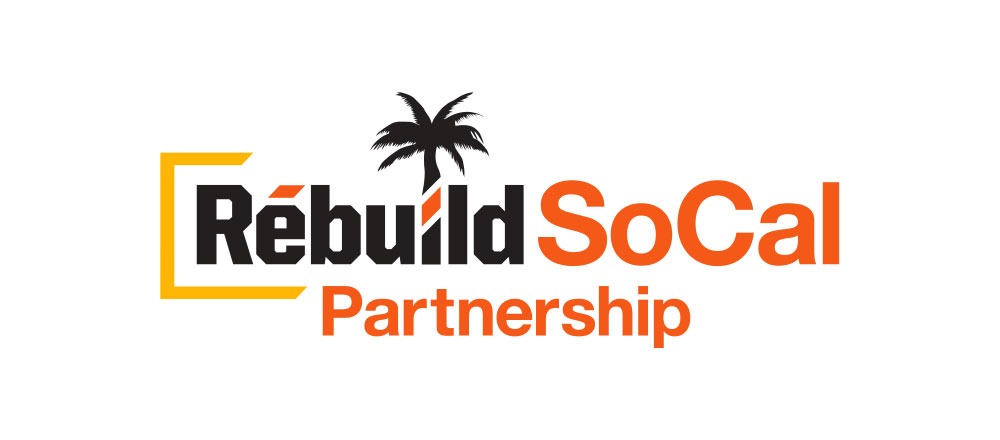What Commuters Can Do to Make it Better
Ask just about anyone and they will tell you: Los Angeles is known for Tinseltown and traffic. Lots of traffic. Since 1982, the city held the title for the worst traffic in the country, but now the New York-Newark region is No. 1 according to a 2021 report on traffic trends. While this fact might not bring relief to the millions of motorists who make their way through The City of Angels, there are ways we all can make commutes better.
Work closer to home
Before COVID-19 hit, Los Angeles-area drivers lost 952,183 hours in traffic in 2019. Remember those eerily empty freeways in early 2020? They are now long gone, and traffic is back to pre-pandemic days. But when we all had to stay at home, employees and their employers found ways for a good chunk of the population to work at home. Those practices can be continued and should be considered. Several recent studies reveal working remotely from home is 47% more productive than working in an office setting.
But for those who have to get into the car, finding a home base closer to the job helps improve one’s quality of life. A study by the Gallup-Healthways Well-Being Index showed longer commutes are associated with increased tiredness and lower amounts of happiness. The Keck School of Medicine of USC also found individuals with a 30-mile round-trip commute had an increased tendency to be obese, with an unhealthy waist measurement.
Public transit
There are, of course, sections of the city where those who find work there couldn’t possibly afford a residence nearby. Another alternative to getting around town is to use public transportation.
Glendale resident Kenny Uong is like an evangelist for L.A. Metro and shares information on the ease of getting to school, shopping, the beach, or church. While he notes that it’s important to make public transit more “intriguing” to drivers, L.A. Metro is working to transform Los Angeles with more public transit options. There are currently dozens of projects in the works to expand or improve L.A. Metro service.
The agency listened to rider feedback to develop the NextGen Bus Plan and implement a better bus system with improved routes, frequency, and stops. Weekday rail service frequencies during morning and afternoon peak times are also being improved on the A Line (Blue), E Line (Expo), C Line (Green) and L Line (Gold). Additionally, the introduction of Metro Micro, an on demand ride-sharing service, operates in select service zones to more easily get riders to and from their destinations. The service is meant to be a fast, safe and convenient option for quick trips around town.
Walk and ride
Sure, the 1982 song by Missing Persons may have touted that “Nobody’s walkin’ walkin’ walkin’ walkin’ walkin’ in L.A.,” but writer/editor and USC/Annenberg Getty Arts Journalism fellow Alissa Walker frequently pens articles about the pleasures of living a “car-free life.” In a 2013 Los Angeles Magazine piece, she gave tips for efficiently walking around town and why she found she was “better off ped.”
Riding a bicycle also provides a way to reduce automobile traffic on freeways and side streets. During the pandemic, many residents recognized this fact. Bicycle sales shot up and cycling increased by 93% in Los Angeles. Many cities launched Slow Streets programs designed to limit and slow car traffic on residential streets. Additionally, more protected bike lanes are being constructed in Los Angeles and surrounding cities, like the Ocean Avenue project in Santa Monica. These lanes make it easier and safer for cyclists to get around.
SB 1 helps
Senate Bill 1 (SB 1), the Road Repair and Accountability Act of 2017 invests $54 billion over the next decade to not only fix roads, freeways and bridges, but also put dollars toward transit, pedestrian, and bicycle projects. Funds have been invested in electric buses, bus benches, ADA sidewalk improvements, and protected bike lanes; more projects are in progress. All this work leads to job creation. For example, L.A. Metro estimates its new projects will bring 778,000 new jobs to Los Angeles County over the next four decades. They are currently hiring hundreds of operators.
While social norms in SoCal strongly favor driving to get to where we need to go, increased traffic, pollution, and the impact on our climate requires us all to change our perspective and find alternatives. At Rebuild SoCal Partnership, we are working with elected officials and educating the public on the continued need for essential infrastructure funding for projects that not only give Californians transportation options, but also bring jobs and help fuel our economy.
Stay up-to-date on SB1, transportation, and other important infrastructure issues by signing up for the Rebuild SoCal Partnership newsletter. Follow us on Facebook, Twitter, and Instagram, and listen to The Rebuild SoCal Zone podcast.

